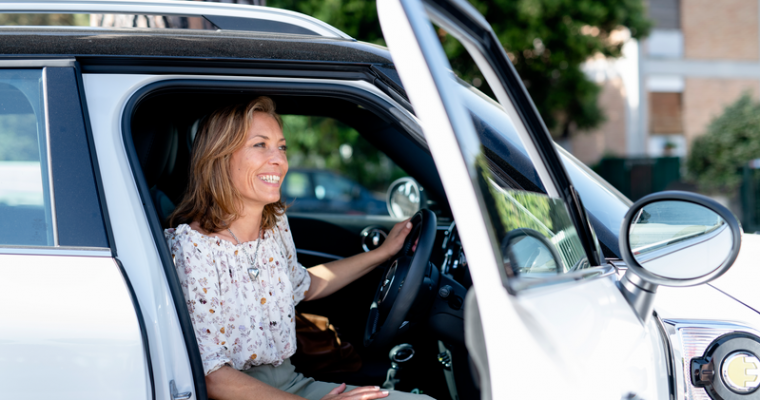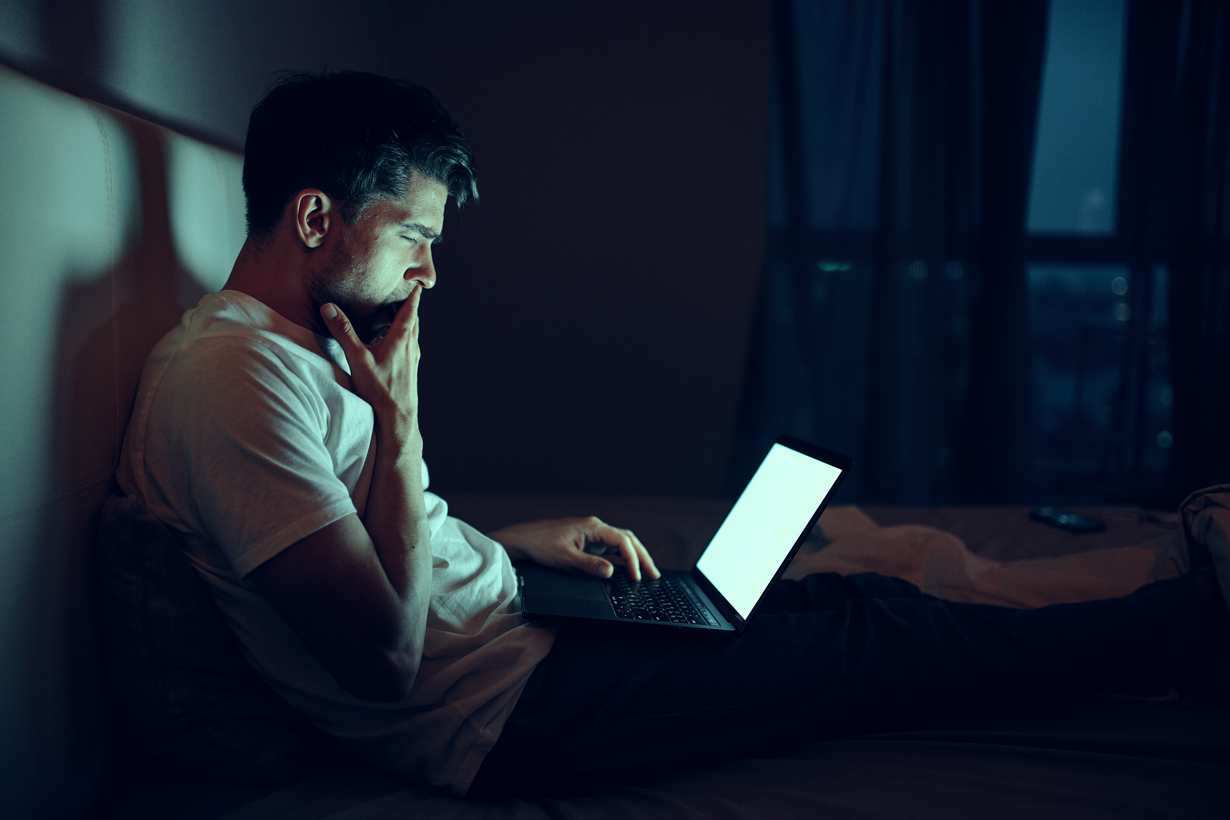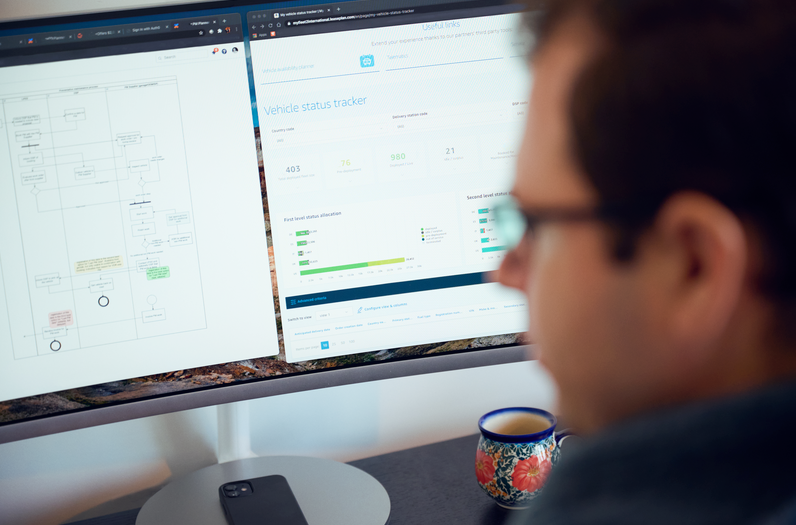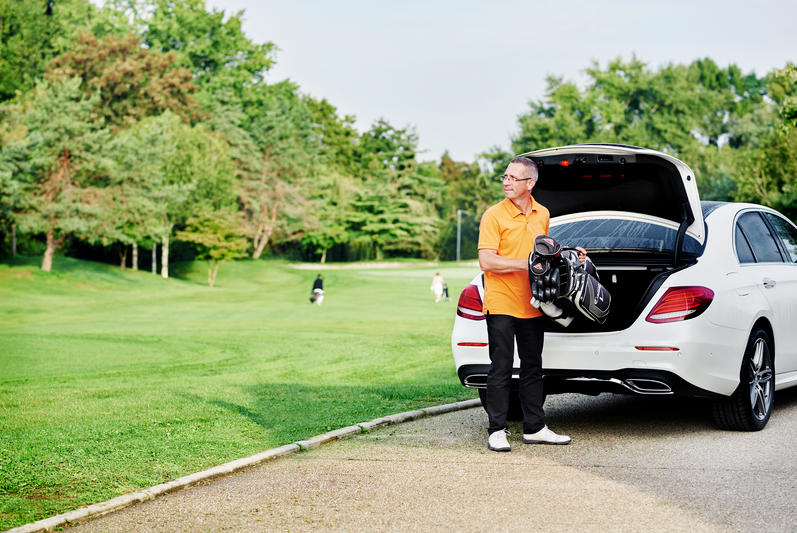
HR in the Drivers’ Seat – a podcast series
For your employeesThe ways in which we work and collaborate were undergoing a significant transformation well before the impacts of COVID took hold of businesses. In many ways, the pandemic forced organisations to fast-track a number of initiatives and policies into action well ahead of schedule.
Driving Insights engaged with leading HR professionals for a podcast series to discuss many of the major trends and issues facing workplaces, employers and employees in a post-pandemic world.
The resulting four-part podcast series takes a deep dive into the impacts of burnout in a remote work environment, the rise of digital workers, how we can help people stay connected in a hybrid workforce, and reassessing effective reward and recognition frameworks to improve retention in a post-COVID world.
Podcast One
Burning (out) the midnight oil – Listen now
In reducing the impacts of burnout, Aaron McEwan, coaching psychologist and Vice President of Research and Advisory at Gartner, says organisations need to embrace a new understanding about what wellness encompasses: “It extends the definition well beyond just mental health.”
“As we moved to working from home, we really just took this old office-centric model of work and we plonked it into this new virtual world,” explains Aaron. “We didn’t cater for the fact that, when we took away the commute time, we just started working earlier and finishing later, and not taking breaks.”
“Burnout has become recognised as an official illness that impacts millions and millions of workers. Work is killing people right now – that’s probably the most blunt way that I can put it.”
In 2021, state and federal ministers agreed to enshrine psychological health into the workplace health and safety legislation. Technically speaking, company directors have a legal and civil obligation to provide a safe workplace. That obligation is extending to psychological safety.
“Encouraging or expecting your employees to work excessive hours would be the equivalent of requesting your employees not to wear health and safety equipment on a construction site,” says Aaron.” That’s the direction things are heading.”
“What we’ll start to see increasingly is that organisations have to consider not just ‘are we providing ergonomic chairs and the right desks?’ etc., but are we creating an environment that is free of psychological injury?”
Aaron believes that addressing the challenges of wellbeing is unavoidable for organisations. He argues that organisations have to consider wellbeing as more than an extension of benefits.
“Don’t just extend benefits like yoga or meditation classes or access to therapy or counselling. What you’ve got to really think about is – are we designing the work in such a way that it encourages wellbeing, and do we provide a psychologically safe environment where employees can do their best work?”
Podcast Two
Digital workers and the rise of ‘Super Teams’ – Listen now
Pip Dexter from global consulting giant Deloitte explores the rise of digital workers in the form of super teams and what they mean for today’s workers.
“‘Super teams’ simply means the combination of human and digital workers,” explains Pip. “When we see organisations doing this well, they actually personify digital workers and give them a name.”
“They think about the way they distribute work,” she continues. “Teams might meet in the morning and then think about who and how that work gets done, and they distribute that among the human workers and the digital workers in their teams.”
The impact of technology on the way we work has been profound and seems to be accelerating. Most of us have moved beyond the fear of robots taking our jobs. Nowadays, many organisations and leaders seem more interested in how innovations in technology can assist, rather than replace workers.
“We see how technology changes the way we live at home and so we’re starting to think – surely it can make our lives a bit easier at work?” she adds. “A lot of people have started focusing on automating work in itself, and they actually forget whether that makes a difference. It’s not just about automating work but how are we redesigning the way we work to ensure it drives better value and outcomes.”
Podcast Three
Together apart – Creating connection in a hybrid workforce – Listen now
Ingrid Jenkins, head of HR at Microsoft Australia, believes the benefits of a hybrid workforce are predominantly flexibility and choice. She argues that we all have busy lives, so choice and flexibility in how we work is important to employees and for employers: “There’s discretionary effort that you get back by giving that trust and empowerment to your employees.”
Another big benefit is it challenges organisations when making decisions around where talent is going to be based. For many people in different industries, the war for talent is very real. That employers can look more broadly, and be more expansive around where talent can be located, really opens up new doors that perhaps haven’t been able to be unlocked in the past.
“One of the questions that gets asked around hybrid is – why and why not?” notes Ingrid. “And ‘why not’ is probably my favourite because you probe deeper and deeper. When managers go ‘well, that won’t work’, [I ask] ‘why not?’ So, I think this is a wonderful opportunity to challenge what has been the status quo and some baseline assumptions that have been made for many years.”
To ensure opportunities for connection and networking remain, Ingrid believes it is important to blend remote work with being present in an office: “At Microsoft, our preferred way of hybrid working is a mix of both. You have the flexibility but, equally, you’ll have those options to connect with people in-person and build those connections that you may be missing in the virtual environment.”
“We’re talking about generations that have grown up with technology. And so, in that sense, connecting with others through technology is second nature. So, I think it’s about how we learn and ensure that we’re providing technology in a way that builds that community and connection. Organisations may start thinking of more hub-type settings,” she adds as an example.
“People feel like there’s too much – too many back-to-back meetings, too much going on – and so, listening to this, we’re looking at how do we think differently around how we’re guiding our teams, where they’re spending their time.”
She believes that it will be important for managers to empower their teams, role-model the kind of behaviours they want to see reflected in their employees, set clear priorities and expectations, foster inclusion and challenge the prevailing mind-set.
“This is really exciting,” concludes Ingrid. “I’ve been working in HR for more years than I care to count, and this is our time, I believe. I feel like organisations have never needed us more than what they need now.”
Podcast Four
Rethinking reward and recognition in a post-covid world – sweetening the deal in the new world of work – Listen now
When it comes to reward and recognition and retention, expectations have shifted significantly, explains Monica Watt, Chief Human Resources Officer, ELMO Group.
“If we’re looking at what’s happening here in Australia at the moment, we’re more than 100,000 skilled migrants short,” she says bluntly. “So, what are you doing, and building [to ensure] your talent is staying put? Retention is key. How am I building and creating connections with people? How am I innovating through creating spaces and environments that collaborate?”
According to Monica, the employee experience has changed so dramatically during the pandemic that HR professionals should focus on wellness and flexible work arrangements as key components of their reward and recognition programs: “Wellness is no longer a nice to have; it’s a compulsory component.”
She believes a business needs to look beyond remote working and look at what flexibility is being offered.
“Flexibility is more than just working remotely; flexibility is creating an opportunity and space for you to have your life and your home and your work and have synergies between each of those. So, whether it’s flexi-time, whether it’s job-share, whether it’s return to work pairers, whether it’s sabbaticals to go and do study leave… there’s a lot around flexibility.”
“It’s really important to make it personalised; it doesn’t belong to the business,” she adds. “Each manager should have a very distinct and clear understanding of what their employees or people need. They should know who they are as human beings and what makes them tick.”
“Find something and then build upon it. If you don’t do anything, your competitors will, and your competitors will take your talent, so you’re better off starting and doing something right now when it comes to reward and recognition.”
Get into the HR drivers’ seat – listen to our four podcast episodes in full.
 Driving Insights
Driving Insights








